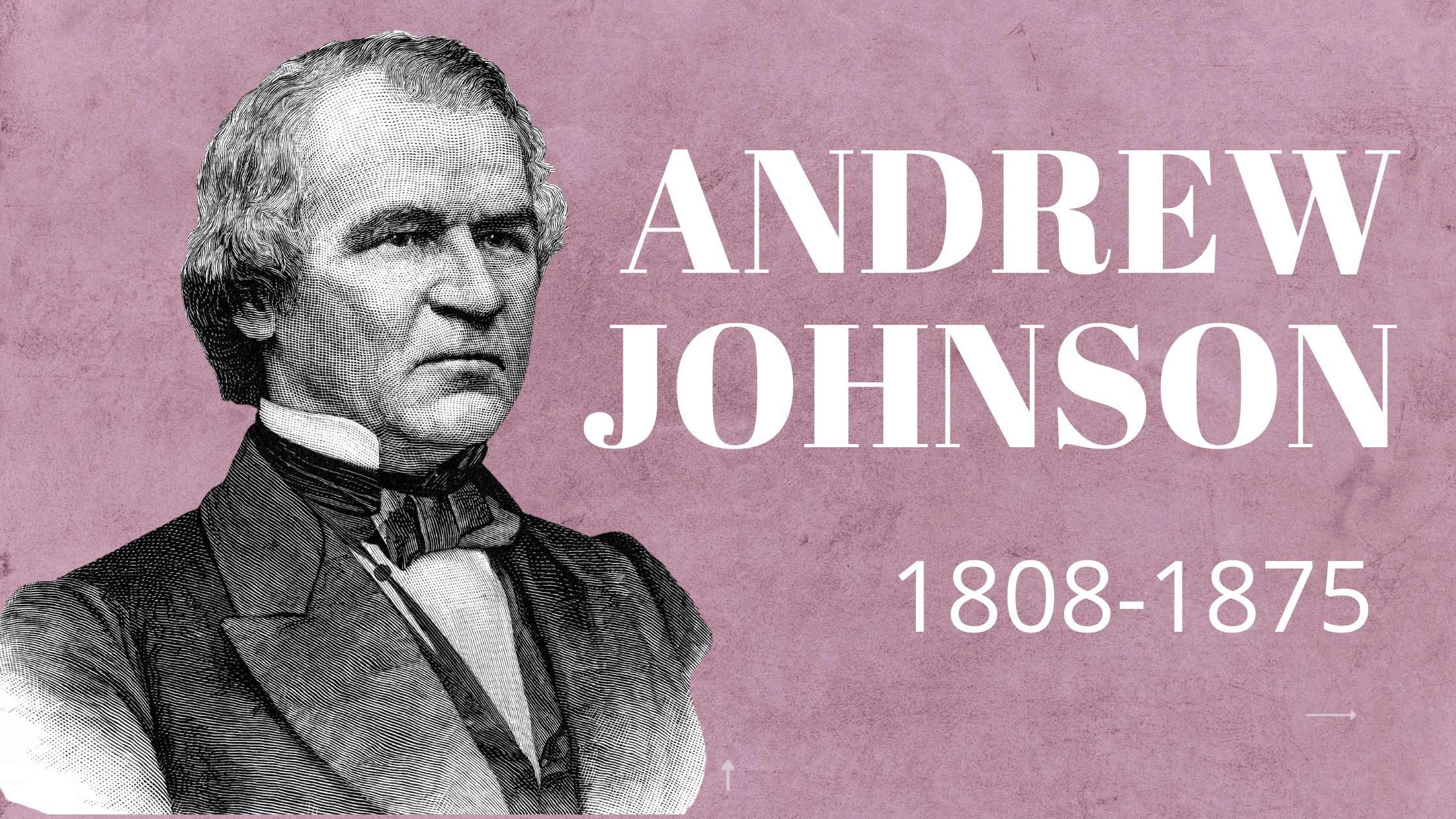Table of Contents
ToggleWhen was Ulysses S. Grant born?
Ulysses S. Grant was born in 1791.
Where was Ulysses S. Grant born?
Ulysses S. Grant was born in Point Pleasant, Ohio.
How old was Ulysses S. Grant when he became president?
Ulysses S. Grant was elected at the age of 46.
What years was Ulysses S. Grant president?
Ulysses S. Grant was president from 1869-1877.
When did Ulysses S. Grant die?
Ulysses S. Grant died at the age of 63 in 1885.
How did Ulysses S. Grant die?
He died from throat cancer.
Early Life of Ulysses S. Grant
Ulysses S. Grant was born on April 27, 1822, in Point Pleasant, Ohio. Grant’s full name is Hiram Ulysses Grant but he was known as just Ulysses during his youth. He was the oldest of six children in his family. Grant’s father, Jesse Root Grant was a farmer and a tanner and owned tanneries and leather goods shops in several states.
Grant began his formal education at the age of five in local schools. His father also required him to work in the tannery during his youth. Grant disliked working in the tannery but developed a unique ability to ride and work with horses. Grant’s father took advantage of the special interest and talent that he had with horses and began having Grant drive wagon loads of goods and supplies and transport people when needed.
At the age of fourteen, Grant became a student at Maysville Seminary, a secondary school that specialized in preparing young men for university.
West Point
When Grant was 17, his father sent a letter to Representative Thomas L. Hamer asking him to nominate his son for acceptance at the US Military Academy at West Point.
Thomas Hamer did nominate Grant but the name Hamer submitted to West Point was incorrect. It listed Grant’s name as ‘Ulysses S.’ or ‘U.S.’ Grant. Grant attempted to correct the error and to have the letter S removed but was unable to change the name as recorded. He eventually accepted the name of Ulysses S. Grant as his own.
Grant established a few long-term friendships with some fellow cadets while at West Point. One such lifelong friend was another future general, Frederick Dent.
To Grant’s disappointment, his first assignment outside of the Academy was not with the cavalry but with the 4th Infantry Regiment at Jefferson Barracks near St. Louis in Missouri. Jefferson Barracks was the largest military base in the West at that time.
Marriage and Children
Grant’s friend and classmate from West Point, Frederick Dent, was from St. Louis. In 1844 during Grant’s assignment at Jefferson Barracks, Grant visited Dent’s family meeting and eventually married Dent’s sister, Julia, in 1848.
Ulysses and Julia eventually had four children. The first was a boy that they named Frederick after Julia’s brother. Their other children were named Ulysses Jr., Ellen, and Jesse.
Mexican-American War
The Mexican-American War began in 1846 shortly after the annexation of Texas to the United States. Grant’s unit was sent to fight in one of the first major battles of the war on May 8, 1846, the Battle of Palo Alto.
Under the direction of General Zachary Taylor (12th President of the United States), this battle was fought about five miles from the current city of Brownsville, Texas. This was Grant’s first time in combat. The U.S. troops succeeded in driving the Mexican troops south during the course of this battle.
The next day Grant led the charge at the Battle of Resaca de la Palma. This was Grant’s first time leading troops in combat. The US troops were victorious once again and forced the Mexican troops out of Texas.
In September 1846, while still under the direction of General Taylor, Grant was able to demonstrate his equestrian mastery during the Battle of Monterrey. He volunteered to courier dispatch past snipers and accomplished this by hanging off the side of his horse keeping the horse between himself and the sniper’s line of sight.
Grant’s unit was then assigned to join a new army formed under Major General Winfield Scott. This new army led advancements toward Mexico City and the territory that included the current state of California. On February 2, 1848, Mexico surrendered the territory to the United States.
Post-Mexican-American War – Military Assignments and Resignation
After the Mexican-American War ended, Grant and his wife Julia spent several years stationed in Detroit and Madison Barracks in New York.
When gold was discovered in California prospectors and settlers were drawn to the new U.S. territory in large numbers. Grant’s unit (the 4th infantry) was ordered to travel to California to reinforce the U.S. garrison there and north to the Oregon Territory. Julia was pregnant with their second child at the time and could not travel with Grant.

Get Smarter on US News, History, and the Constitution
Join the thousands of fellow patriots who rely on our 5-minute newsletter to stay informed on the key events and trends that shaped our nation's past and continue to shape its present.
In 1853 Grant was promoted to captain and given command of Company F, 4th infantry at Fort Humboldt in California. He arrived at the fort several months later on January 5, 1854. Grant began to drink heavily during this period of time and it’s thought that this was due, in part, to being separated from his wife and family. The commander of the fort, Colonel Robert c. Buchanan reprimanded Grant for drinking and Grant was ordered to reform or resign his position.
Shortly after receiving this reprimand, Grant was found under the influence of alcohol again at the fort. He respectfully resigned on July 31, 1854, and returned to his family in St. Louis.
Civilian Life after Resignation
Grant’s exit from the military in 1854 at age 32 was the beginning of several years of financial instability for Grant and his family.
He attempted to work as a farmer on his brother-in-law’s property near St. Louis. He wasn’t successful in earning enough money through farming, though, to support his family. He began to sell firewood on street corners in St. Louis to try to make ends meet. The Grant family moved several times during this period of time to other farm properties owned by Julia’s family until Grant contracted malaria in 1858 and finally gave up on farming.
In 1859 Grant and Julia moved back to St. Louis. Grant attempted to earn a living in several ways. He joined in partnership with Julia’s cousin Harry Boggs in the real estate business and applied for a position as a county engineer, but was not able to find gainful employment.
In 1860 he moved his family to Galena, Illinois, and accepted a position in his father’s tanning and leather goods business with his younger brothers. The income he earned working with his father and brothers was enough for him to pay off his debts and for him to support his family.
Civil War Reinstatement
The Civil War began in the U.S. on April 12, 1861. President Lincoln called for 75,000 volunteers to join in the fight for the Union. Grant was eager to reenter the military and hoped that his previous military experience would enable him to enter the fight with a senior-level military position.
His initial efforts to be recommissioned were rejected but he finally received an appointment as a military aide in the Illinois militia and was then subsequently promoted to Colonel and placed in charge of the 21st Illinois Volunteer Infantry Regiment.
Civil War Campaigns
Grant led his troops through many battles throughout Missouri, Kentucky, Tennessee, Mississippi, and Virginia during the war:
- Battle of Belmont (Mississippi County, Missouri), 1861
- Battle of Fort Henry (Stewart County, Tennessee), 1862
- Battle of Fort Donelson (Tennessee / Kentucky border), 1862
- Battle of Shiloh (southwestern Tennessee), 1862
- Vicksburg Campaign (Vicksburg, Mississippi), 1862-1863
- Chattanooga Campaign (Chattanooga, Tennessee), 1863
- Overland Campaign (Virginia), 1864
- Siege of Petersburg and Battle of the Crater (Virginia), 1864-1865
- Appomattox Campaign (Virginia), 1865
End of the Civil War
During the first week of April 1865, it became evident that Grant’s Union army was going to succeed in overtaking General Lee’s Confederate forces. Grant sent a dispatch to Lee requesting his surrender and instructions for Lee to be escorted to a meeting place of his choosing if he agreed.
Lee responded agreeing to surrender and asked to meet Grant at the Appomattox Court House. The two met at the courthouse on April 9, 1865, and defined the terms of surrender.
Over the following month, the remaining Confederate forces in Alabama and Tennessee also surrendered bringing an end to the Civil War I the U.S. on May 26, 1865.
Post-Civil War Politics
Grant’s duties as commander of the army continued after the war’s end. He was responsible for not only reconstruction efforts and enforcement in the former Confederate states but also for oversight of Mexico and of the Indian Wars in the western plains of the U.S.
Grant moved his family to Georgetown Heights in 1865 but he and his family traveled frequently between Georgetown and cities in New York, Illinois, and Ohio where he was received enthusiastically for speaking engagements.
Congress promoted Ulysses S. Grant to a newly created position, General of the Army of the United States, on July 25, 1866.
Presidential Election of 1868
Grant was unanimously nominated for president at the 1868 Republican National Convention in Chicago.
The Democratic Party nominated former New York governor, Horatio Seymour, for president. The Democrats had the support of the Klan and their platform was primarily focused on intimidating blacks and returning control of the South to whites.
Ulysses S. Grant won the election by popular vote and an Electoral College landslide of 214 votes to 80 received by Seymour. Grant became the youngest president ever elected at the age of 46 in 1868.
Accomplishments During First Presidential Term – Civil Rights and Reconstruction
Grant signed equal rights for blacks into law on March 18, 1869. He also signed the Naturalization Act giving foreign blacks citizenship into law in 1870. In this same year, Grant also formed the Justice Department (federal executive department of the U.S. government for enforcement of the law and the administration of justice).
This new department enabled the Attorney General to prosecute the Ku Klux Klan and to protect Reconstruction governments.
Native Americans
When Grant initially took office in 1869 there were 370 treaties governing the nation’s policy toward more than 250,000 Native Americans which resulted in chaos.
Grant appointed the first Native American to serve in the position of Commissioner of Indian Affairs for the U.S. and signed legislation establishing a Board of Indian Commissioners intended to reduce corruption and provide oversight of Grant’s Indian peace policy.
Indian conflict declined during Grant’s first presidential term. On October 1, 1872, Grant’s appointed staff was able to successfully negotiate peace with Cochise, the leader of the Apache tribe.
Foreign Affairs
The most significant international matter during Grant’s first term was the settlement of ‘the Alabama claims.’ The CSS Alabama was a warship built by the British and used by the Confederacy during the war against the Union. This was in violation of international neutrality rules.
Grant was successful in establishing a commission in Washington and a treaty enabling an international tribunal to settle damage amounts between the British and the U.S. The British eventually expressed regret but did not admit fault.
Presidential Election of 1872
The Republican Party nominated Grant for reelection in 1872. Another party composed of men who were in support of lower tariffs and opposed the prosecution of the Klan, the Liberal Republicans, nominated Horace Greely.
Greely was a leading Republican and a New York Tribune editor who also fiercely opposed Grant as president.
Grant had tremendous support, however, from Frederick Douglass, other prominent abolitionists, and those seeking reform for Native Americans. Grant was successful in winning the election to a second term.
Second Presidential Term
Grant’s second presidential term was filled with domestic economic turmoil. The financial crisis referred to as the ‘Panic of 1873’ launched a depression known as the ‘Long Depression’ that affected countries in Europe as well as North America and lasted from 1873 until 1879. This was the most significant financial depression in the United States until the later events occurring in 1929 referred to as the ‘Great Depression.’
The depression in the U.S. is widely recognized by researchers as the result of inflation, speculative and risky investments (primarily in railroads), and major property losses due to fire disasters in Chicago in 1871 and Boston in 1872. These events in the U.S. coincided with additional economic losses in Europe to place overwhelming strains on bank reserves.
There was also a surge of scandal and corruption in the federal government offices during Grant’s second term. This surge was the result of the newfound wealth, industrial growth, and government expansion that followed the end of the Civil War. All of Grant’s staff were included in investigations conducted by Congress during this period.
Presidential Election of 1876
Knowledge of the investigations and corruption with Grant’s administration resulted in Grant being politically discredited. As a result, Grant chose not to run for a third presidential term in 1876. Republicans nominated Rutherford B. Hayes as the presidential candidate and Hayes went on to become the 19th President of the United States.
Grant’s Death
In 1884, Grant was diagnosed with throat cancer. In March of 1885, The New York Times published an article nationwide announcing Grant was terminally ill with cancer.
When Grant assumed the position of President he was required to resign his commission as General of the US Army and to forfeit his pension. Congress was aware of the Grant family’s financial situation and struggles. To honor Grant, Congress restored his status to the rank of General of the Army which once again entitled him to full retirement pay.
Grant died at the age of 63 on July 23, 1885.












One Response
Interesting article. Brief, but it hit all the high points. I happen to live in Oregon, and I know Grant spent some time in this state. I would have liked to see something about that period.
Lastly, it used to be that the page that came up when going to constitutionus.com was the full text of the US Constitution. It is not currently clear how to get to that text from the home page, and I would prefer that the text came up on the home page.
Respectfully,
Steve Williams